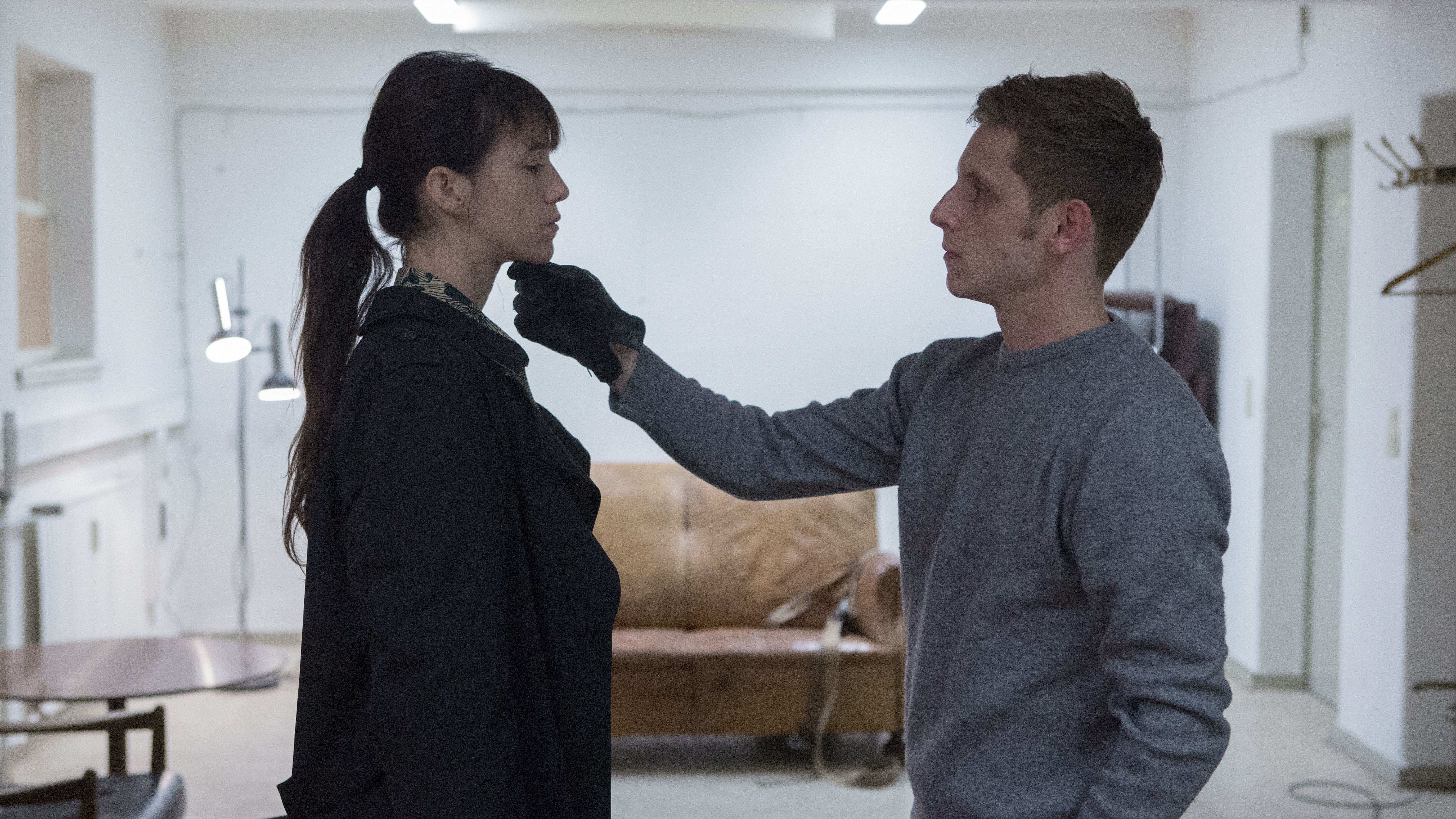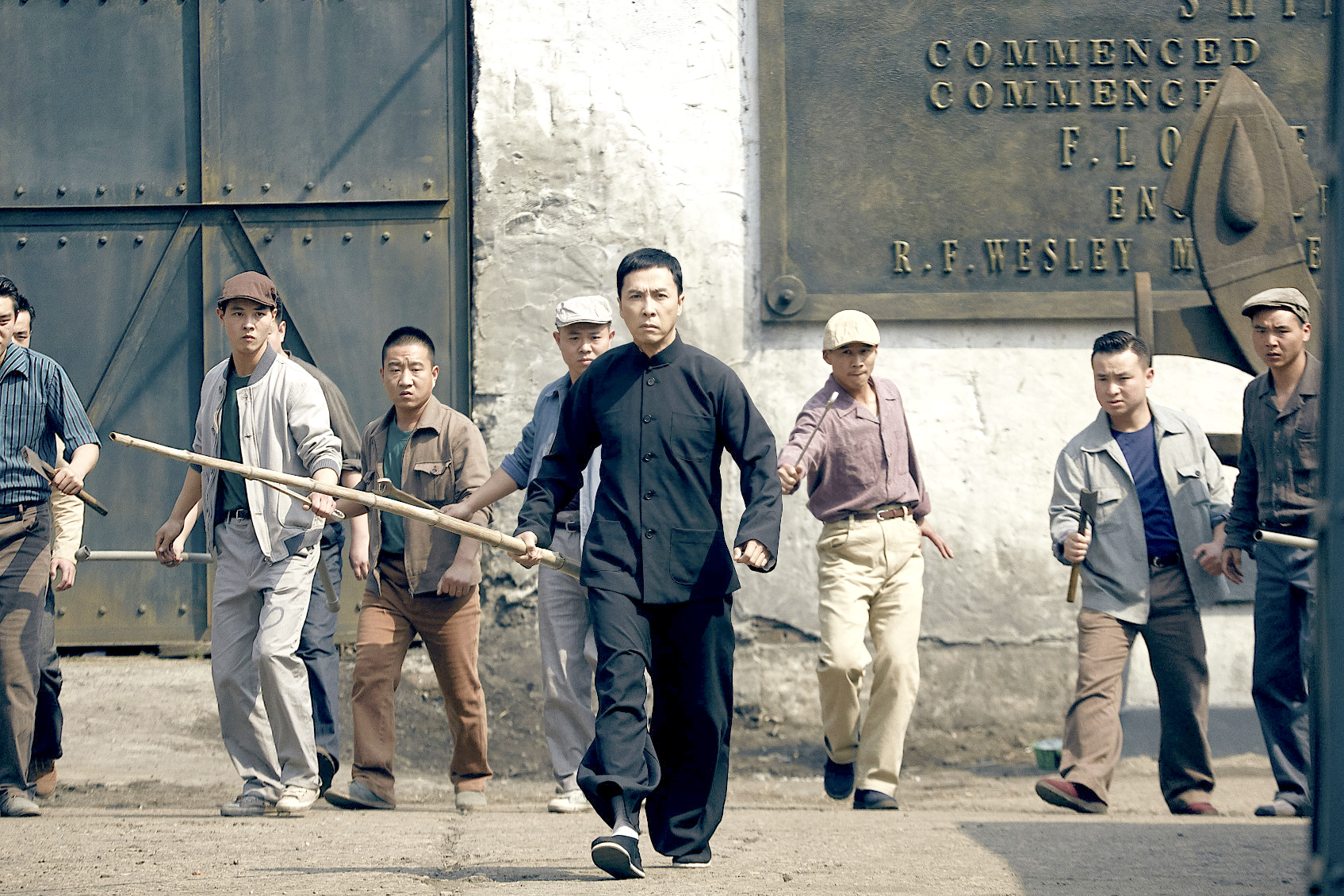Nymphomaniac Vol. II
Opens Fri., April 4 at Harvard Exit. Not rated. 130 minutes.
Seeing Nymphomaniac Vol. II a couple of weeks after Vol. I is more than just a case of cinema interruptus. It proves how much the opus needs to be seen as a single picture, preferably in one go. So intriguing in its first couple of hours, Nymphomaniac scrambles to get back into gear as Vol. II resumes the story; more nagging still is the feeling that while the material darkens, it doesn’t necessarily deepen.
We return to the room where Joe, a no-longer-young sex addict—though she prefers the term nymphomaniac—is recounting her life story to the intellectual Seligman (Stellan Skarsgård). Joe continues her journey through a variety of partners, willing to lose husband (Shia LaBeouf) and child in order to be on time for her abusive appointments with a whip-cracking sadist (Jamie Bell). Joe is once again played as a young woman by Stacy Martin, though Charlotte Gainsbourg takes over the lion’s share of the flashbacks before long.
Lars von Trier appears to be making a movie about female sexuality—but maybe not. I wonder whether this half of the film suggests more strongly that Nymphomaniac is really about everybody else in Joe’s life, all the people who must grapple with her brazenly stated appetite for sex. From the enigmatic Seligman (the film’s real suspense is how the present-day segment will end) all the way down to the hapless translator who facilitates a bilingual liaison, the ranks are filled with people who can’t handle Joe’s ongoing search. And the movie viewer, having been drawn toward this mostly non-erotic movie full of nudity and brutal sexual violence, is implicated in that circle as well.
It’s hard to settle on von Trier’s purpose, although he baldly offers many possible readings, from people’s desperate need to fill the void of their existence to the idea that power and pleasure might be gained by ceasing to strain against one’s chains. Any conclusions are complicated by reports that von Trier’s preferred cut of the whole movie is an hour longer than these two combined installments, which might explain why the final chapter—involving Joe’s curious work as a bill collector for gangster Willem Dafoe—seems under-dramatized. One thing would presumably remain the same in a longer movie: the bleakness of the fade-out. Von Trier’s view of humankind has not sweetened in the course of this journey, and we shouldn’t be shocked if he leaves us literally in the dark.
film@seattleweekly.com








